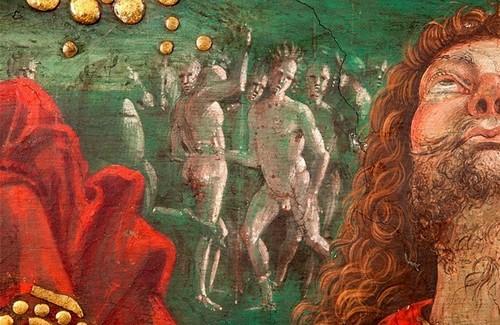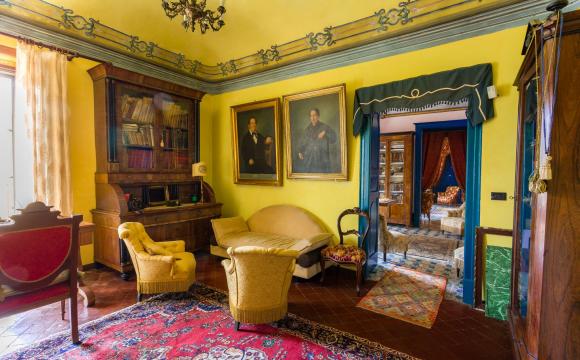Art restorers have uncovered what experts think is the first European figurative representation of Native Americans – in a Renaissance fresco at the Vatican. The fresco depicts a Resurrection scene and is located in the Borgia Apartment, a private wing built for Rodrigo Borgia, later Pope Alexander VI, in the Apostolic Palace in the Vatican. The suite of rooms was decorated by Italian artist Bernardo di Betto, known as ‘Il Pinturicchio’ (the little painter) because of his small stature, and his assistants. After the pontiff’s death, the work on the apartments stopped. They were reopened to the public at the end of the 19th century. Most of the rooms are used for the Collection of Modern Religious Art. Borgia became pope in August 1492. Columbus landed in the Americas two months later. The frescoes in the Borgia Apartment were painted between 1492 and 1494, so the fresco showing what are believed to be Native American must have been painted just after Christopher Columbus returned from the New World. Director of the Vatican Museums, Antonio Paolucci, revealed the findings in the Vatican newspaper ‘L’Osservatore Romano’. Art restorers working to preserve the painting discovered a section showing naked men wearing feathered headdresses and dancing. The image had been covered by layers of soot that accumulated over centuries. A man on horseback is also visible in the fresco. The new pope had a keen interest in the discovery of the Americas. Paolucci suggests that the image in the fresco tallies with Columbus’ account in his journal of being greeted by dancing naked men painted black and red, who danced for the European explorers and gave them gifts. The similarity of Columbus’ description and the image in the fresco leads Paolucci to speculate that the fresco contains the first depiction of Native Americans in European art.
Experts Find First European Representation of Native Americans In Renaissance Fresco At Vatican

You may also be interested in...
Latest property in Rome
65 m²
1 Bedrooms
165000
3 Bedrooms
1450000
1 Bedrooms
2000
260 m²
3 Bedrooms
0
3 Bedrooms
1300000












